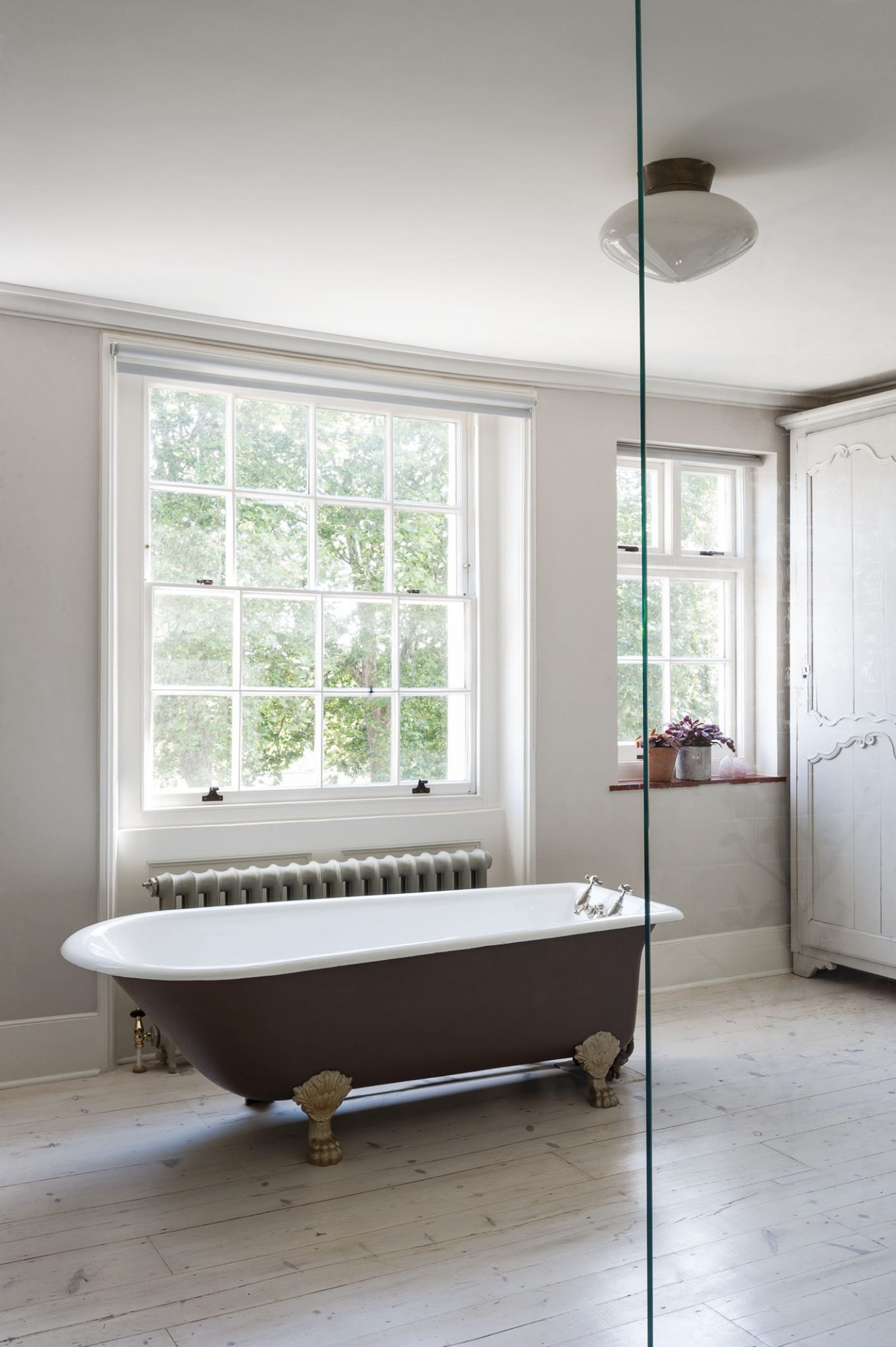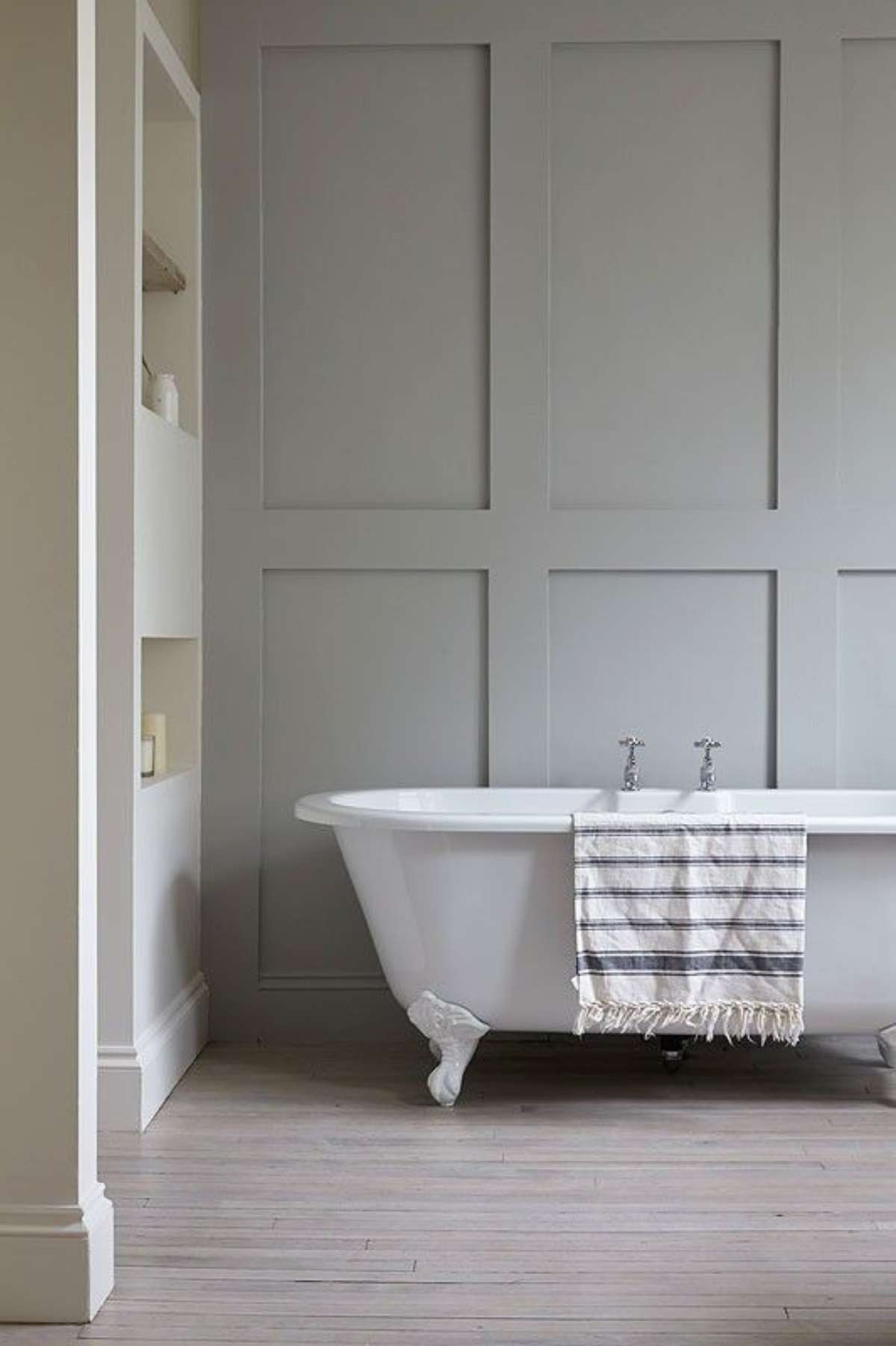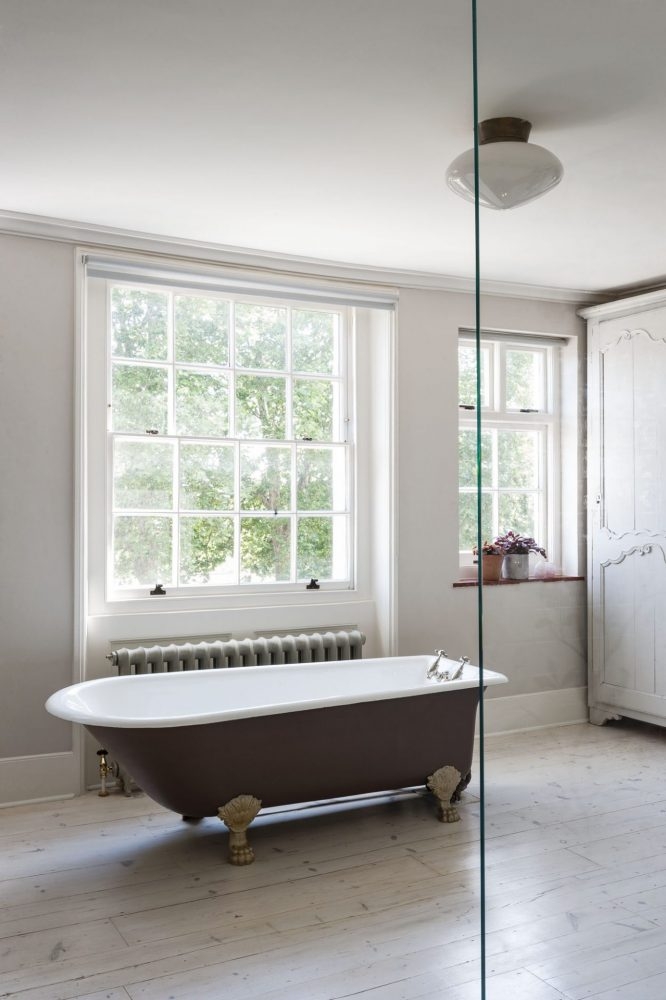Click here to check out our latest brochure!
A daring and often beautiful style statement, freestanding baths are becoming more popular in homes. Freestanding baths give an elegant and sophisticated feel, as though you have stepped into a luxury retreat or a high-end spa. However built-in baths offer practical advantages, especially in the smaller spaces so many of us are now living in. They just fit better in most bathrooms and they are often easier to use and clean. We did a little research and found out the pros and cons of each.
What’s the difference between a freestanding bath and a built-in bath?
When it comes to baths, there are two basic types to consider: a built-in bath, generally installed in an alcove with walls on three sides, or a freestanding bath, which gives you more options as to where it’s placed in the room. One of the more famous freestanding options is the claw-foot bath, which stands on four feet, as opposed to some contemporary freestanding baths that sit flush on the ground or on a pedestal. Both freestanding and built-in baths come in a wide range of dimensions—length, width, and depth—and if you like taking baths you’ll want a bath that fits your body, so it’s a good idea to test-drive baths in the showroom by actually climbing in and lying down.

Photo Credit: Remodelista
Why would I want a built-in bath?
If you are re planning to take more showers than baths, a built-in works best. It’s possible to set up a shower in a freestanding bath, but to keep water off the floor you have to suspend a shower rod and circle the bath with curtains. Since a built-in is usually enclosed on three sides, it’s easy to keep the water contained. A built-in bath also takes up less space in the room and has a ledge for keeping bath products within easy reach.

Image Credit: David Giles
Interior designed by: Amberth
Why would I want a freestanding bath?
There’s no situation that mandates a freestanding bath—most people choose freestanding baths to make a statement, or for a vintage look. If it’s the style you’re after, you’ll find a wider array of choices in freestanding models as well. That said, there’s more leeway as to where the bath is positioned—as long as the plumbing is adjacent.
Which option is more relaxing?
Freestanding baths have a reputation for being more luxurious, perhaps because older freestanding baths, often called soaker baths, tended to be long and deep so bathers could easily immerse themselves in the water. Now, it’s easy to find both freestanding and built-in baths that are long and deep, so there’s no reason to think of a claw-foot bath as being more luxurious.

Image Credit: Kindi
Is a freestanding bath heavier than a built-in bath?
Your bathroom floor must be strong enough to support not just the weight of the bath you choose, but the weight when it’s filled with water and has someone sitting inside. But it’s more a matter of material than freestanding vs. built-in: Most modern baths are made of either acrylic or cast iron with a porcelain finish, and a cast iron bath, whether it’s built-in or freestanding, new or vintage, will always be heavier than an acrylic bath.

Image Credit: Homiku
Does a freestanding bath lose heat faster than a built-in?
If you want to ensure long, hot baths, consider a built-in, where the insulation added to the wall behind it will keep the water warm even longer, or an acrylic model, which will hold the heat longer than cast iron. Either way, it’s easy enough to run a hotter water if you want to stay in the bath for longer.

Image Credit: Robert G Swan
Can I swap my freestanding bath for a built-in, and vice versa?
Any bath requires the same basic plumbing: a water source, a drain, and, in most baths, an overflow to prevent flooding if you leave the water running. But a freestanding bath might need plumbing lines coming up through the floor. If you want to switch from one to the other, consult a plumber to see what’s feasible. It may be easier to accommodate uneven or sloping floors with a built-in bath (which can be cut accordingly) than with a freestanding bath.

Image Credit: Rumahrara

